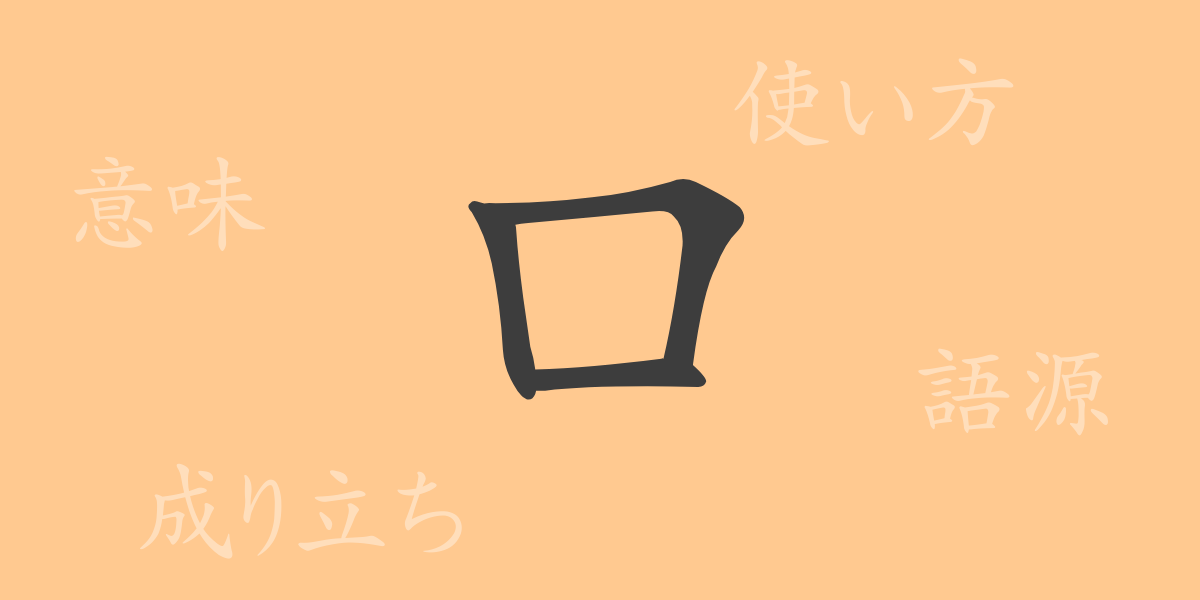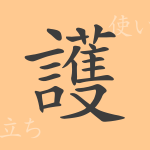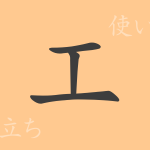The beauty of the Japanese language is greatly expressed through its complex and rich writing system. Among these characters, “口(くち)” is a symbol deeply rooted in our daily lives as a commonly used kanji. This article delves into the history, meaning, and charm hidden within the character “口(くち)”. Let’s explore the power contained in this single character, which can be considered the key to unlocking the door of language.
The Origins of 口 (Etymology)
The kanji “口(くち)” derives its shape from ancient pictographs. Originally, it depicted an open mouth, symbolizing speaking or eating. Over time, it simplified into its current form, but its basic meaning remained unchanged, representing the human mouth as a fundamental tool for communication.
Meanings and Uses of 口
The character “口(くち)” directly refers to a part of the human body, but it also has metaphorical meanings and various uses. It can indicate speaking, eating, or openings like entrances and exits, covering a wide range of applications.
Readings, Stroke Count, and Radical of 口
“口(くち)” is one of the basic kanji in Japanese, with relatively simple readings and structure.
- Readings: The on’yomi (音読み) is “コウ,” and the kun’yomi (訓読み) is “くち.”
- Stroke count: “口” consists of 3 strokes.
- Radical: “口” itself is a radical, used as the mouth radical (くちへん) in other kanji.
Compound Words, Idioms, and Proverbs Using 口
There are numerous compound words, idioms, and proverbs in Japanese that use the character “口(くち).” These reflect Japanese life and values, illustrating the depth of the language.
- 門前の小僧習わぬ経を読む (もんぜんのこぞうならわぬきょうをよむ): A proverb emphasizing the importance of experience.
- 口は災いの門 (くちはわざわいのもん): An idiom warning that words can cause trouble.
- 口に蜜あり腹に剣あり (くちにみつありはらにけんあり): An expression cautioning that someone may speak sweetly but harbor ill intentions.
Summary of 口
The kanji “口(くち)” holds diverse meanings and uses far beyond its simple form. As a basic element of communication, “口” symbolizes the essential aspect of human interaction. Through compound words, idioms, and proverbs using “口,” one can appreciate the depth of the Japanese language and the power of words. Paying more attention to this single character in daily life can be the first step toward deepening one’s understanding of language.

























